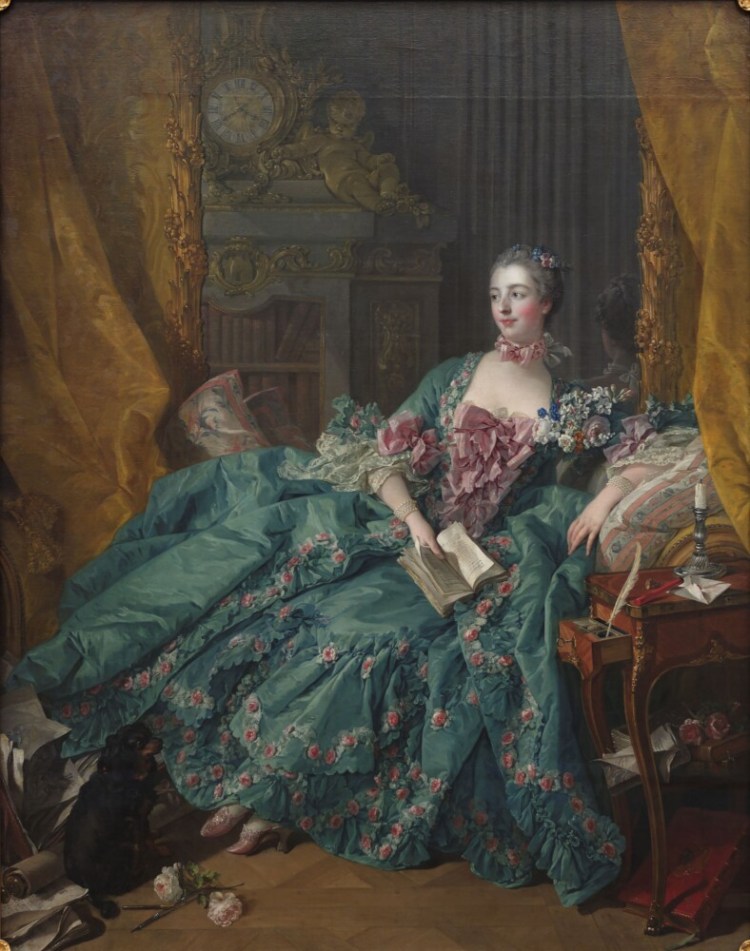Three or four times, editors and publishers at Yale University Press asked Portland resident and rose expert Peter E. Kukielski to please write a history of the rose. Kukielski kept saying no. The last time they asked, he responded, “Perhaps you should ask why I am saying no.”
When they did, he told them he’d had read many rose histories, and they all said the same thing. The world didn’t need another one, he said.
That Yale wanted him to write such a book is understandable. Kukielski spent 12 years as curator of the Peggy Rockefeller Rose Garden in New York. While there, he redesigned the rose collection of the Beatrix Farrand-designed garden. More recently, he helped direct the launch of the Royal Botanical Gardens in Ontario. He has written other popular books on roses, and he’s served as a leader of the National EarthKind team, promoting the use of disease-resistant roses. In that last role, he consulted on the re-creation of the historic rose circle at Deering Oaks here in Portland.
What Kukielski wanted to do was tell stories about roses. Yes, include some history, but also encompass the rose’s role in religion, literature, art, music and movies. He wanted to offer true plant geeks a bit about the rose’s botany, too. In the end, that’s the book he was able to write: The fascinating, gorgeous “Rosa: The Story of the Rose,” written with Charles Phillips, was published earlier this month.
The stories proceed chronologically, beginning – quietly – with rose fossils from the Eocene Epoch as much as 56 million years ago. “From millions of years ago to the beginning of ancient cultures, the rose’s story remained silent,” he writes. “Simply, this quietness is because there was no one to record its history.”

Roses have figured in art over the centuries (also film, religion, music and more), according to Peter E. Kukielski’s new book, “Rosa.” Lawrence Alma-Tadema painted Glaucus and Nydia in 1867. “Nydia is weaving a rose garland for her dear master Glaucus.” Cleveland Museum of Art
One subject that captivated him as he did his research was the importance of rose water and rose oil, products that probably can be traced back to the Indus Valley – now India and Pakistan – around 4,000 years BCE.
“Towns and cities were built around those industries, and that is just kind of wonderful for me as a rose guy to learn,” Kukielski said in a telephone interview. Rose water and oil have been used in just about every culture over the years, and these products are still made today.
As long as a millennium ago, people already connected the rose with sustainability. Kukielski quotes the German Abbess Hildegard of Bingen, also known as Saint Hildegard and a gardener and grower of roses (1098-1179), who wrote: “The earth Sustains humanity. It must not be injured; it must not be destroyed.”
Does Kukielski think the abbess meant the verb “sustains” in the way we use it in the 21st century? “I have a hope that that they were thinking about sustainability that early and had a sense then of how things worked together,” he answered.
Fast forward to 1805, when poet Thomas Moore wrote “The Last Rose of Summer.” In the book, Kukielski writes that the poem has been mentioned by such writers as James Joyce and Jules Verne, and put to a traditional tune that inspired both Beethoven and Mendelson. More recently, artists including Bing Crosby, Nina Simone and Tom Waits have recorded the song. I interrupted my reading of “Rosa” and went off on a YouTube binge. The rose song is there, by many performers.
Readers interested in growing roses themselves will find a lot of concise botanical information right up front. In chapter one, Kukielski lists all the plants other than roses in the Rosaceae family (surprising ones include mountain ash, apples, raspberries and strawberries.) He also shows, with pictures (the book has 256 color illustrations in total), the many different classes of roses. Modern roses, defined as those introduced since 1867, get their own section.
The book ends with a section on sustainable roses, in the modern sense of the word. I wondered if that was because the book was written chronologically, and sustainable roses arrived late, or if sustainable roses are what he wants readers to take away from reading the book. A bit of both, he answered. That gardeners understand they can experience the joy of roses without using a lot of chemicals is very important to him.
Kukielski, who is 55, bought a home in Portland in 2014 but didn’t move here until two years later because he was working in Ontario. Asked about retirement plans, he answered that he’s still interested in designing gardens. “And I do have these two really pesky clients,” he joked, “me and my husband.”
I know how that is.
Tom Atwell is a freelance writer gardening in Cape Elizabeth. He can be contacted at: tomatwell@me.com.
Send questions/comments to the editors.



Comments are no longer available on this story